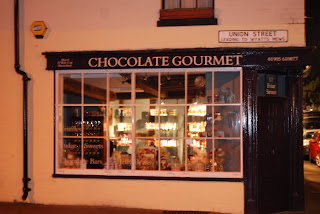Over the past few weeks, we have been discussing who would be suitable to use for a music video, taking into account factors such as:
- Available free time from the actors
- Confidence in front of a camera
- Basic acting skills
- Enthusiasm about working on the project
After considering various different people for the roles, we decided to use Vince Mccumisky as our male protagonist and Milly Morris as our female protagonist.


Vince Mccumisky: We decided to use Vince as he has previous experience in front of a camera, working on various film projects previously. Aesthetically he works well in the 'Mime' costume, therefore will help build on an effective mise-en-scene for the music video. As I used him for my digipak project, I discovered that he is very easy to work with and is flexible with timing, which will make things easier when creating a time-plan for the video. Also, the fact that he was used in my digipak project will make the digipak work and music video project correspond, therefore from the perspective of the target audience it's easily recognisable. He also has a very likeable personality which will make him easy and enjoyable to work with on the project.


Milly Morris: We decided to use Milly as she is also a Media Studies student, therefore she has good understanding of shot types and what works well on a camera. She performs on stage regularly which means she's confident and knows how to give a good performance. She was used for my partner's digipak print production project, and she also works well with the 'mime' costume. It is extremely important that the actors' make-up and costume look effective in our music video as it will keep it looking professional. Both my partner and I are good friends with her and therefore she will be enthusiastic about donating time to work on the project.
As our music video is a twist on a typical love story, we decided to incorporate a scene in which the female mime is having an affair. To keep this affair fitting in with the rest of the music video, we decided to make the person in which the mime is having an affair with a clown. For this we needed another male actor:

Sam Ruane: We decided to use Sam as he's in a band, meaning he has had previous experience performing in front of audiences and cameras. This will mean he is comfortable in front of a camera and therefore will put on a good performance. He is also a good friend of ours and the other actors in the video, therefore is willing to feature in the video and spend some time working on the project with us.




















































